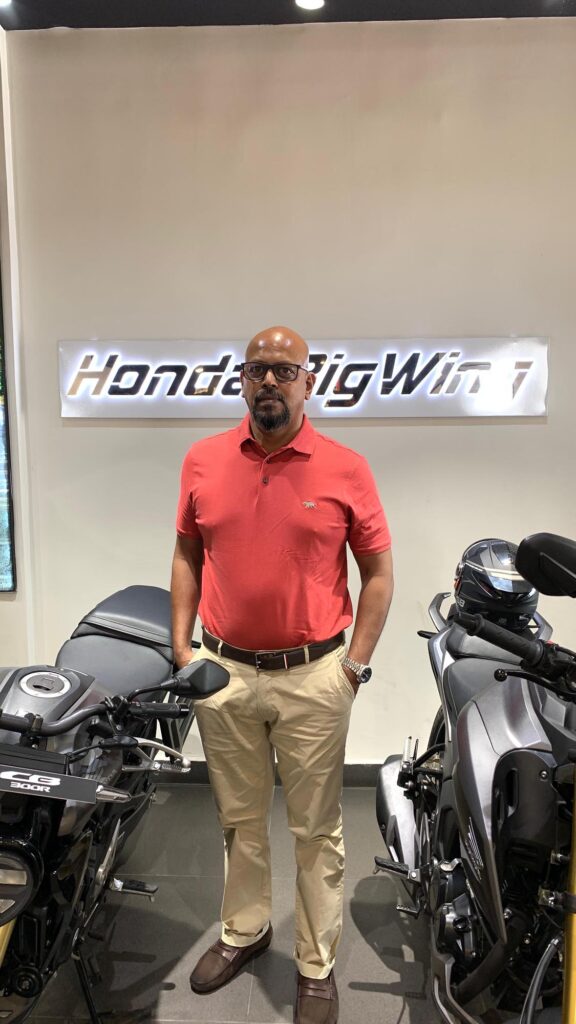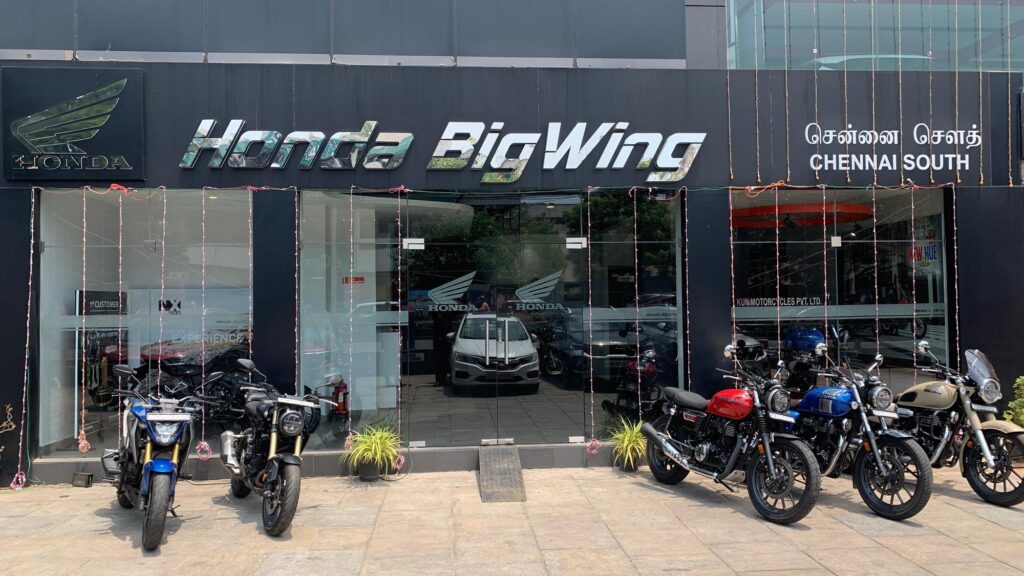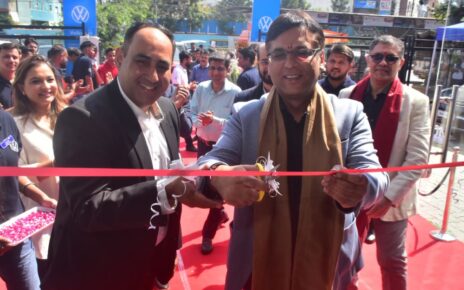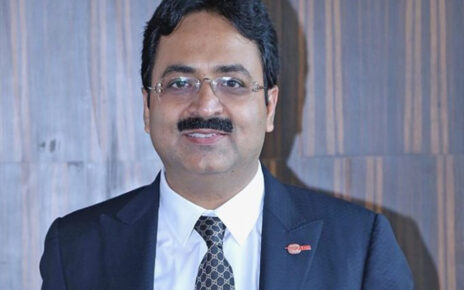
In an ever-evolving automotive landscape, Kun Group stands as a beacon of innovation and excellence in the Indian market. With a robust presence across Tamil Nadu, Kerala, Andhra Pradesh, Telangana, and Karnataka, Kun Group has firmly established itself as a leader in the industry. We had the opportunity to speak with Mr. Raja Sekar, COO, Kun Group – 2W Division, to gain insights into their business scope, strategies, and future outlook. This interview by Raghul Sivaguru sheds light on their expansive dealership operations, inventory management, after-sales service, and the group’s adaptability to emerging trends such as electric vehicles and online retailing.
Considering the pan-India presence of Kun Group, what is the current business scope of your organization, and how are the market sentiments at present?
Our group has a presence across southern parts of India, including Tamil Nadu, Pondicherry, Kerala, Andhra Pradesh, Telangana, and Karnataka, with major vehicle segments. We are optimistic about the industry for the next 10 years due to the rising income levels, urbanization, FDI, and India’s positioning as a global automotive hub. These factors help us maintain our optimism about the industry.
Among the expansive line-up of your dealerships, which vehicle segments does Kun Group operate in and what is the share of 3S among your facilities?
We operate across segments such as 2 Wheelers, LCV, HCV, and Passenger Cars, encompassing a total of 17 brands. All the brands and locations where we are present have 3S facilities.
How do you handle your vehicle inventory levels? How do you ensure the right balance is met on both sides, say with the OEMs and customers?
We extrapolate based on trends and current market conditions to manage our inventory, which helps us satisfy both the OEMs and the customers.

After-sales service is one of the most critical aspects across all vehicle segments, especially for vehicles used for commercial purposes, where time is money. How do you ensure the best possible after-sales service in terms of quality, cost, turnaround time, etc., to keep your customers delighted?
We have world-class facilities and equipment, along with proven SOPs, which help us provide our customers with better quality, cost, and turnaround time, thus keeping our customers delighted. We also continuously update ourselves to meet customer expectations.
Extended warranty, roadside assistance, B2B/zero depreciation insurance, AMC, etc. – how aware are today’s customers of the significance of such initiatives? How do you convince a low-mileage customer to adopt such services?
The market dynamics keep evolving, and customers are aware of the benefits of value-added services such as extended warranty, AMC, RSA, etc. Our team also educates our customers on the benefits of such services.
Maintaining an inventory of spares is important for a service centre. Do you have systems and processes in place to ensure the necessary spares are optimally available?
OEMs recommend keeping a certain number of days of stock. Apart from that, we have our own strategy, including categorizing parts as fast-moving, medium-moving, and slow-moving.
How do you ensure good retention of sales staff, considering the slim salary margins among competitor showrooms/competing brands?
We are a thoroughly professional organization and maintain a productive environment for our employees. We empower and recognize our staff to deliver their best. Our salaries are among the best in the industry, and we ensure the right people are in the right positions, which ensures good retention rates.
EVs are the next big thing in the industry. Do you see any cultural differences in the sales and service processes for them, such as the procurement of charging stations and a dedicated display area and manpower, etc.?
EVs are just now evolving and have a long way to go. They need to complete the full cycle, and many factors are involved, such as power availability, government subsidies/incentives, and battery replacement costs. Although it is in the nascent stage, there is growth potential in a few years.
With OEMs retailing their vehicles in the online space via their own websites and some e-commerce portals, what impact would it have on traditional dealerships?
There will not be any significant impact because customers still want to have the touch and feel experience, conduct test drives before buying, and complete statutory requirements like registration formalities, where the vehicle is taken to the RTO. Other formalities like insurance and PDI also demand the physical presence of the vehicle.




